The Importance of Client Collaboration in Commercial Construction
In the realm of commercial construction, client collaboration is not merely beneficial—it's essential for achieving successful project outcomes. Engaging clients throughout the construction process fosters clear communication, aligns objectives, and ensures that the final product meets or exceeds expectations.
Benefits of Client Collaboration
1. Enhanced Communication and Transparency: Active client involvement establishes direct lines of communication with the construction team, creating a collaborative environment where project goals and objectives are clearly understood. This approach minimizes miscommunication and ensures that all parties are aligned.
2. Timely Decision-Making: When clients are part of the project, they can respond swiftly to unexpected challenges or necessary changes, facilitating prompt and informed decisions. This agility helps maintain project momentum and prevents delays.
3. Customized Solutions: Every client has unique requirements. Involving clients in the construction process allows for a deeper understanding of their specific needs, enabling the integration of these requirements into the project's design and execution.
4. Cost and Time Efficiency: Early client involvement helps identify and address potential issues or inefficiencies, reducing the likelihood of costly rework or delays later in the project.
5. Building Trust and Long-Term Relationships: Consistent collaboration fosters trust between clients and contractors. Many construction firms report that a significant portion of their business comes from repeat clients, underscoring the importance of trust in maintaining business continuity.
Strategies for Effective Client Collaboration
● Early Engagement: Involve clients from the project's inception to ensure their vision and requirements are thoroughly understood and incorporated.
● Regular Updates: Maintain open lines of communication through scheduled meetings and progress reports, keeping clients informed and engaged.
● Transparent Processes: Share project plans, timelines, and potential challenges openly with clients to build trust and facilitate collaborative problem-solving.
● Utilize Collaborative Tools: Employ digital platforms that allow clients to access project information, provide feedback, and stay connected with the project team.
By prioritizing client collaboration, construction professionals can enhance project outcomes, foster client satisfaction, and build lasting partnerships that contribute to long-term success in the industry.
